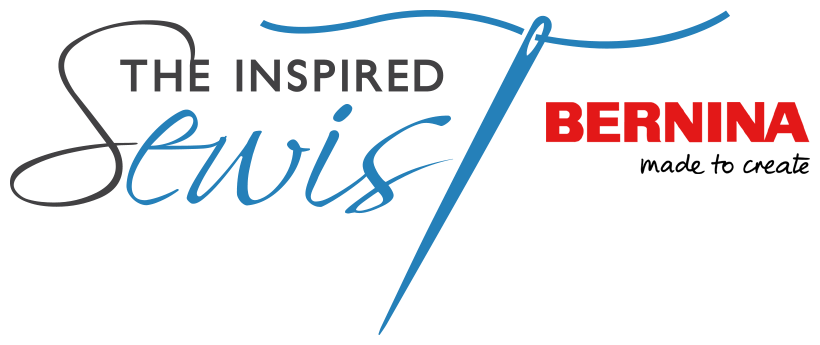18 Jun Supplies to Get Stitching: Embroidery Basics
Embroidery is a hobby that yields results ranging from gorgeous to whimsical; its history is long and vibrant, and it continues to this day. Embroidering by hand is a soothing pastime that requires very few materials. It is also far from being an expensive craft at which to try your hand. This guide will help prepare you for necessities.
Fabric
You can embroider on any fabric, from heavy denim to delicate tulle. For a first project, however, it’s best to choose a material like linen or quilting cotton in a light color. When buying from a bolt, one-quarter of a yard will suffice for several projects.
Avoid Aida cloth unless you plan to do cross stitching. While sold alongside floss for embroidering, it has a specific use, and it doesn’t work well outside of cross stitching.
Some basic fabric types include:
- Evenweave fabrics such as cotton, rayon, linen, bamboo, and polyester
- Hardanger fabric of 100% cotton
- Quilting cotton, either fat quarters or by the yard
- Toweling, whether ready-made or by the yard
- Ready-made items, such as pillowcases and napkins
Needles
While any needle with a sharp point and an eye that will allow the passage of embroidery floss through it will work, the easiest route is to purchase a pack of pointed needles in different sizes labeled explicitly for embroidering.
Needle characteristics vary and include:
- The size, as larger needle numbers represent thinner needles
- The point, with pointed needles for tightly woven fabrics, blunt needles for linen or evenweave fabrics, and ball-pointed needles for t-shirt materials
- The width, which can either taper, widen, or stretch consistently along the needle’s length
- The eye, which can be long, round, elongated, or self-threading
Besides the basic variations amongst embroidering needles, there are different needle types. Knowing which type works best for each fabric and embroidering style can help save a project before starting it.
The different needle types are:
- Sharps, general purpose needles for hand sewing, with round eyes and sharp points
- Embroidery or Crewel, of medium size, with sharp points and long eyes, ideal for smocking and surface embroidering
- Tapestry, short and blunt needles best used for needlepoint and cross stitch on evenweave fabrics, with long eyes
- Ballpoint, needles that lack a sharp point and instead have a ballpoint tip that does not pierce threads, ideal for needlelace and jersey fabrics
- Beading, needles that are very thin and long with sharp points, fine enough to be used for seed beads
Floss or Thread
Before selecting your floss or thread, having a project in mind will save you from choosing a lot of colors that you won’t use. Once you’ve settled on a palette, choose between materials.
Materials of floss or thread for embroidering include:
- Cotton, the most commonly used and easily found, which comes in a wide variety of colors
- Silk, which is slippery and hard to work with, but has an elegant sheen and is excellent for fine work
- Rayon thread, which has a shimmery appearance but is best left to more experienced stitchers to work with as it is slippery and easily tangled
Hoops, Frames, and Stands
Embroidering fabric is held taut in one of three ways: in a hoop, frame, or a stand. Stands allow you to use both hands while working. Hoops are round, circular or oval, while frames are rectangular.
Types include:
- Wood, the most commonly and traditionally used hoops and stands
- Plastic, which can be the material for frames, stands, and hoops
These materials will be the foundation of a new hobby: embroidering your heart’s desire. If you found this information useful and would like to learn more, contact us, or visit our webpage for more learning opportunities.

